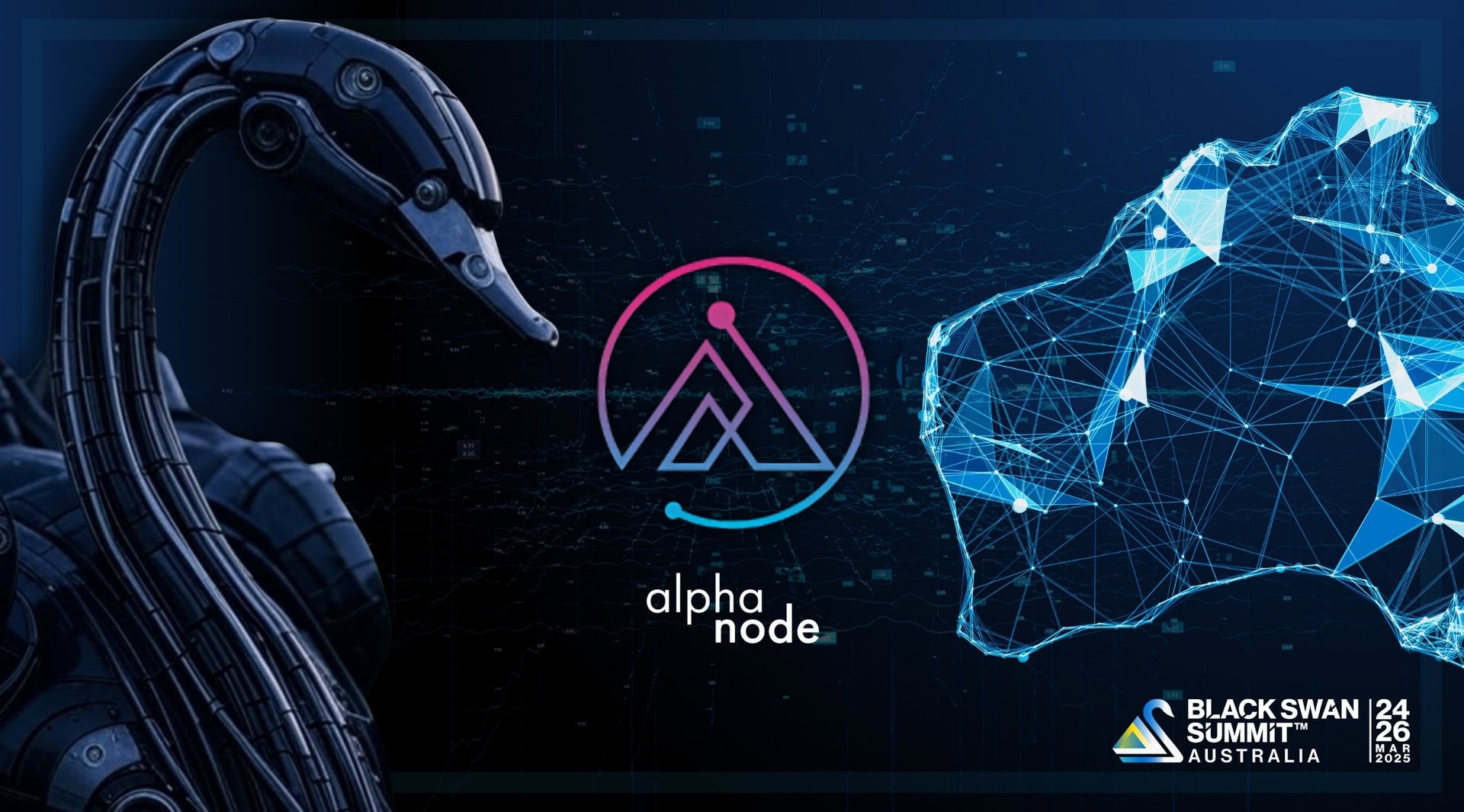Over 90% of participants in a Torstone Technology and Firebrand Research study see increased risk of trade failures, penalties, and market inefficiencies
London – 23 March 2023 – Torstone Technology, a leading SaaS platform for post-trade securities and derivatives processing, and Firebrand Research, a provider of capital markets research and advisory services have today published a report underlining the impacts and challenges of shortening the settlement cycle in North America and potentially in the UK over the next two years.
The report, titled ‘The British Perspective on T+1’, represents perspectives from buy-side, sell-side, and service provider market participants in a study conducted in March 2023.
The report highlights the key concerns and areas of focus for the UK market as North America prepares to shift to T+1. It also finds a high level of uncertainty about the feasibility of the timeline between now and 28th May 2024, the implementation date announced by the United States Securities and Exchange Commission. Industry participants highlighted four areas of significant concern. For each area, all or nearly all of the consulted market participants agreed.
- Operational and technological hurdles: Participants agreed that post-trade securities operations would need to be as efficient and automated as possible in a world with shortened settlement cycles. Major concerns include the middle-office confirmation and allocation crunch, asset servicing changes, and disruptions in securities lending flows.
- Global inconsistency and complications: With the move to T+1 in North America, firms outside the region face pressures to coordinate across their global operations. As participants noted, some US firms have already made moves to accommodate time zone challenges. However mid-tier and smaller internationally-focused firms are concerned about losing business if they cannot quickly accommodate the changes.
- Buy-side participation: Participants observed that the buy-side’s engagement with and readiness for the T+1 move is vital. Many on the buy side still see the settlement cycle as a problem for their brokers and custodians to solve. However, the knock-on effects of greater inefficiency will ultimately erode the buy-side’s ability to respond to market conditions and satisfy end investors.
- Cost: The cost of implementing the structural, operational, and technological changes required for a T+1 settlement cycle was a key concern among market participants. Sell-side firms may face uncomfortable choices between passing on the costs to buy-side clients and absorbing those direct and indirect costs.
Commenting on the report, Brian Collings, CEO, Torstone Technology, said: “The move to T+1 in the US has an inevitable knock-on effect on global markets, with EMEA firms facing ongoing challenges. This report shows that operational and technological issues must be addressed as soon as possible to facilitate the US move to T+1, which in turn will help the global industry move towards potential domestic moves elsewhere. But there is a silver lining. The move to T+1 settlement creates opportunities for firms to improve their operational efficiency and reduce risk. By embracing automation and digital transformation, firms can enhance their middle- and back-office systems and gain a competitive edge.”
Virginie O’Shea, CEO & Founder of Firebrand Research, added: “As the industry focuses on the move to T+1, the key pain points and themes are emerging for the UK market. Cost, time zones, and a lack of buy-side engagement are just some of the complex aspects that require significant collaboration across the industry. Only through close collaboration and communication can the industry effectively address the operational and technical challenges associated with moving to a shorter settlement cycle.”














